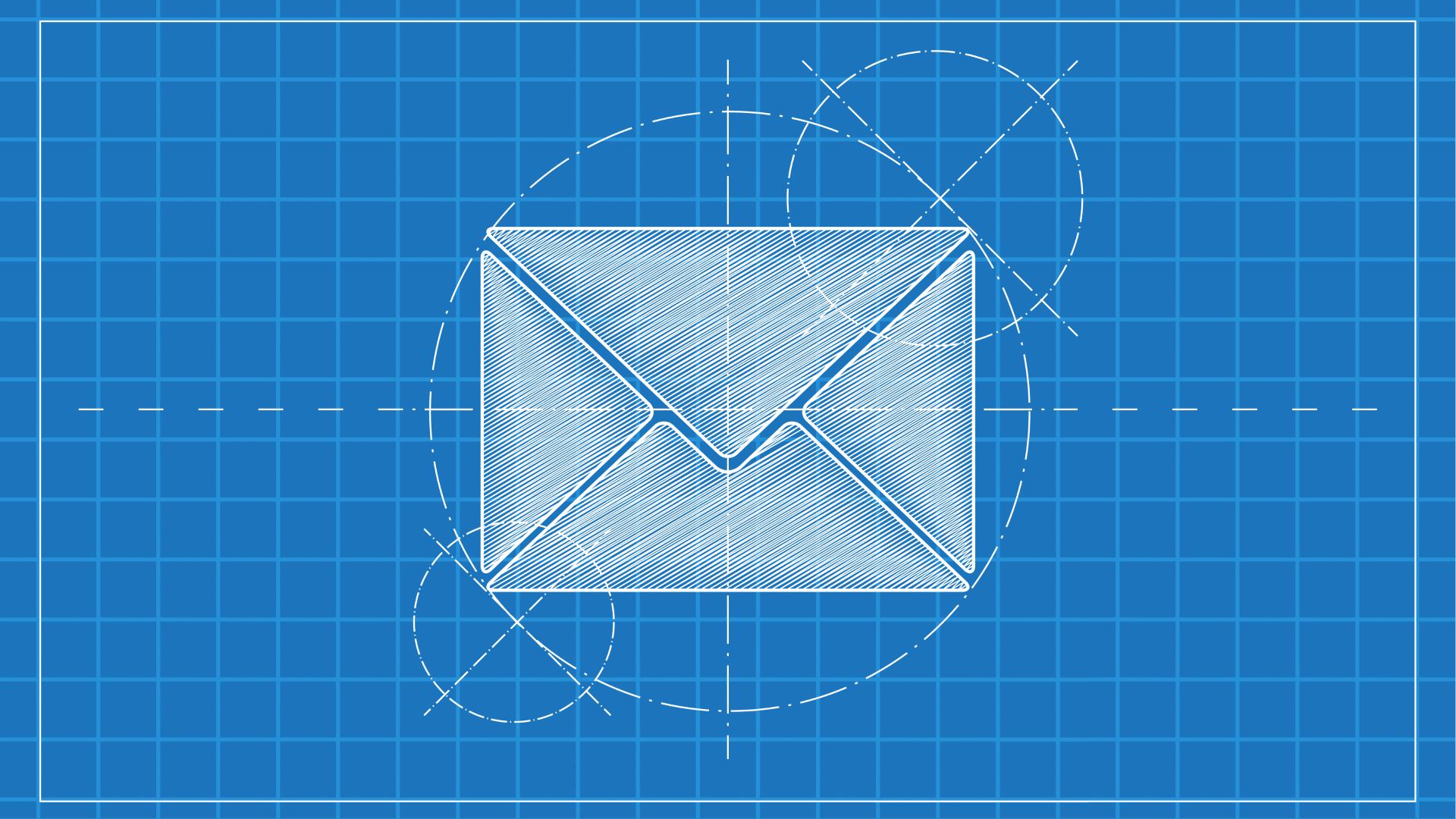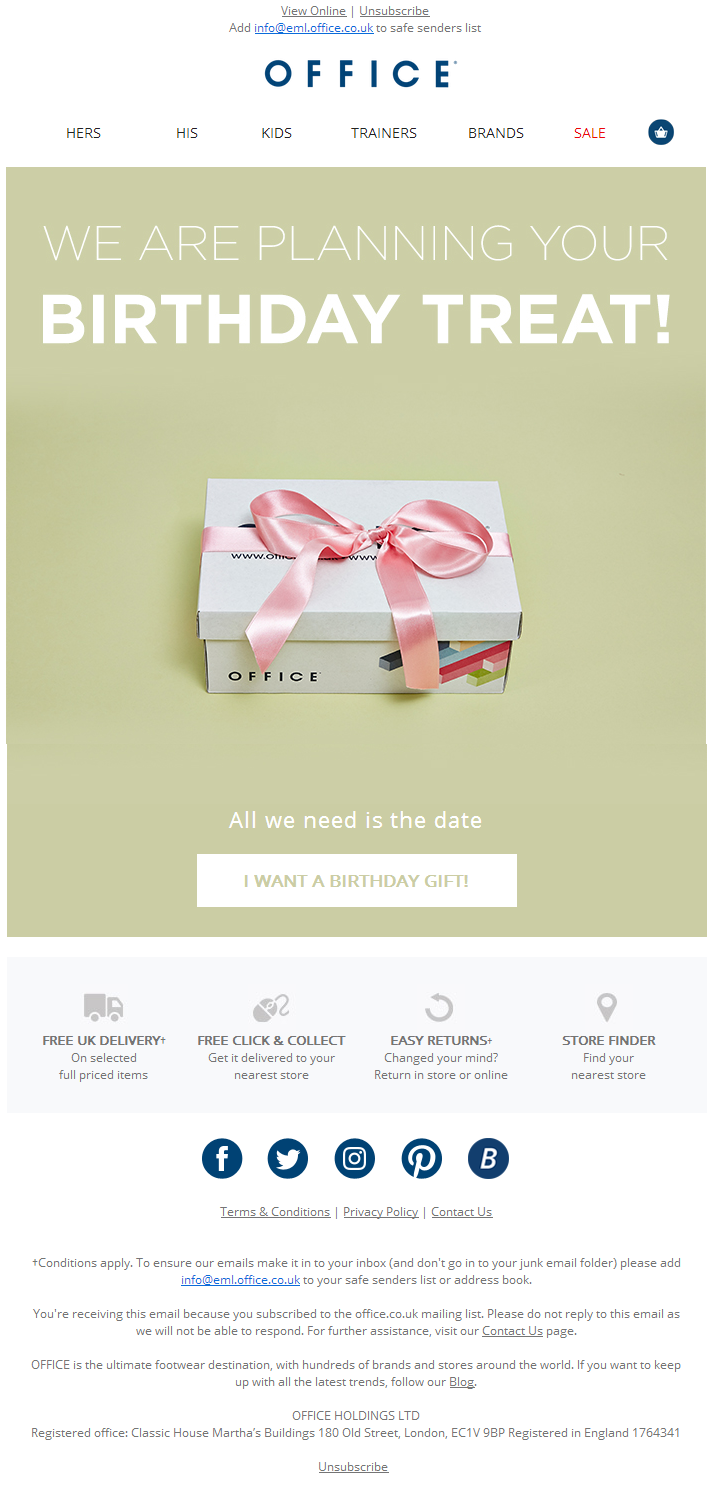This article was contributed by Kevin, the Head of Marketing at EmailMonks.
Inbound is the new cool in marketing and emails can serve as an effective channel if you are considering an inbound marketing strategy.
It helps to build your subscriber’s trust and generate sales. Email marketing is the best way to connect with your customers.
There are various types of emails that a subscriber receives throughout the buyer’s journey, namely onboarding emails, promotional emails, transactional emails and reengagement emails.
Out of all these, the welcome email is the most important. Your connection with the subscriber starts with a welcome email, so make sure you greet the subscriber well.
A welcome email is the first step in building a relationship with your customer.
Quick Tip: Don’t stick to one welcome email. It works better if you roll out a series of welcome emails.
Example: Consider yourself as one of the subscribers. It is obvious that you will not aimlessly give your email address to anyone especially when you are already frustrated with your flooded inbox. Before subscribing to any brand, you will take into account many points, and only when you are zealous to know the brand more, you will opt to subscribe. You are investing your time into that brand and you expect the same in return. The ‘Welcome Series’ helps in bridging this gap.
Mantras to keep in mind for designing ‘welcome series’ emails
You have the subscriber’s undivided attention immediately after they sign up. Take this as a golden opportunity to introduce your brand and what you have in store for them.
You can do some or all of the below:
-
Introduce your brand
Before they begin a journey with you it is important that you make them feel as though they are a part of the family. Tell them your story. How you started and how your product or service works.
-
What makes you different
Tell them what special features your product or services hold and emphasize how you differ from your competitors. Set your relationship expectations with your subscribers.
-
Adopt the ‘give and take’ policy
Out of all the well-established brands already present in the market, your subscriber chose you. Won’t it be a good idea to welcome them onboard with an offer? Thank them for choosing your brand and offer them some form of a discount on their first purchase.
See the below example of welcome email by Kate Spade for a better understanding.

-
Segmenting your new subscribers’ list
Do not start bombarding your new subscribers with emails. First, send them 3-4 emails as part of a welcome series in a particular course of time, say a few weeks. Remember to keep your new subscribers separate from your main list until the subscribers get fully aware of your business.
Why should take welcome email series seriously?
1. It sets a great first impression
If you are a startup or small business, people might not know your name. In such a case, a welcome email from the CEO won’t work. Your subscriber might mark it as spam because they will not recognize the sender’s name. Use your company’s name as the sender and give them as much context as you can through an effective welcome series.
Always keep in mind that you write to express, not to impress. As a startup, you need to build an audience first. Don’t make your welcome series too promotional as this might turn off the recipients. Let them know what is going to come next. This way you will have more chances of setting up a relationship with your new subscribers for a long run.
2. You can connect with customers on a personal level
Make sure that you build a strong connection with your subscribers. Try making a strong emotional connection that appeals to your subscriber. It is very important for a startup to make a strong customer base first rather than just promoting yourself for bucks. Remember that your customers are smart and there are plenty of options they can switch to. Send personalized welcome emails to earn the subscriber’s trust.
Analyze the reasons why they might have signed up for your list or registered for your services in the first place. Tell them how you can help them with that and why they should be subscribed to your brand?
3. It’s automated & time effective
Every employee needs to be a multitasker so it is important that you work on time management skills. Email automation comes handy for you in this regard.
4. It helps you generate some buzz
Marketers always work hard to create a buzz around their service and product and if you are a startup or a small business, it becomes even more important that there is a buzz regarding your brand in the market. A welcome email can do that for you. With a welcome email, you can create excitement regarding the content they will be receiving in future. Tell them how subscribing to your brand can change their world.
Welcome email best practices

1. Clear and crisp subject lines
With the number of emails being received on daily basis, it should be your priority that the email doesn’t land in the spam box. A good subject line can come to your rescue here. Your subject line for the welcome email should be compelling, attractive and engaging enough to entice the subscriber to open it.
2. Sending subscription reminder
Remind your subscribers what they have signed up for. You should design your emails in such a way that your subscribers don’t forget the reason for subscribing to your email. Also, don’t forget to mention when your subscriber should expect emails from you.
3. Show gratitude
I know it might sound very clichéd, but it is very important that every time when someone subscribes to your list, you should thank them for subscribing. The first email in your welcome series should be a thank you email. With “thank you”, you build a relationship with them and show them how much you value their time and efforts for subscribing. It is a perfect way to begin your long-term relationship.
4. Call to action
Your call to action should be very clear as it is the key element in your welcome email. It helps in increasing the engagement rate. Every welcome email as an objective or goal and a proper CTA helps you with that. For example: If you are asking the subscriber to complete the profile in the welcome email then your CTA could be “Complete your profile here”.
A CTA should be clear and should lead the subscriber exactly where it is supposed to.
A Winning Welcome Email Series
Below is a series of 3 emails Office sends out to welcome their subscribers.
FIRST EMAIL:
The first email welcomes the subscribers with a stylish hero image and introduces them to the brand followed by all the important navigation links presented as thumbnail images and the social media handles. Also, have a look at the message to whitelist the email address at the top. This would enhance the deliverability of the emails.

SECOND EMAIL:
The second email promotes the best-selling styles available at Office by displaying attractive images of their products.

LAST EMAIL: The last email of the welcome series asks for the subscriber’s birthday that would help them send relevant offers on the special day, which in turn enhances the likelihood of conversion.
Welcome Email Series Summed Up
All in all, welcome emails are the most important emails you will ever send. They decide your relationship with the subscribers. Although there are no fixed metrics for sending welcome emails, you should always learn from your subscribers’ feedback or analyze your current welcome emails on their performance. Try and test new ways and alternative to giving new zing to your emails. Understand your welcome email data and based on that craft a perfect welcome email series that will work the best for your startup.
13 Things Content Marketers Should Know About Email Marketing
As a bonus, here are 13 other things you must consider when email marketing. Thanks to Campaign Monitor for the infographic.

—
Author bio: Kevin, the Head of Marketing at EmailMonks. He is a brand magician who loves to engage, share insights with fellow marketers on email marketing best practices at his blog.

No comments:
Post a Comment